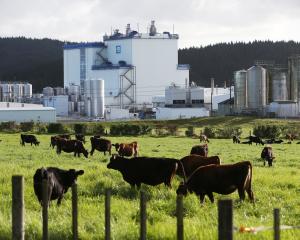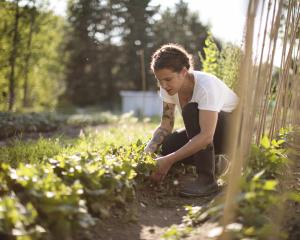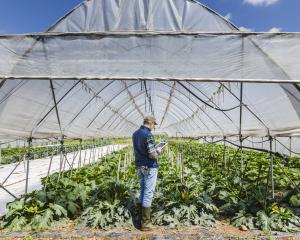
When people think of a tangible example of a sustainable local food activity, community gardens often come to mind, Sean Connelly writes.
Community gardens take a variety of forms. They are often located on public land, in parks, reserves or schools. There is considerable diversity in how they are organised.
Some provide small parcels of land to individuals to grow food as they see fit, with the individual entirely responsible for managing that parcel and harvesting the benefits. Others work the gardens entirely collectively, with all participants sharing in the labour and the harvest.
Still others share the harvest among community garden participants and also provide excess food to charities or sell it commercially to raise funds to reinvest in the garden (tools, irrigation, materials, etc.). Many employ a mixture of the above.
Interest, expansion and development of community gardens have increased dramatically over the past 20 years.
One example of their popularity can be found by looking at Google search results (granted a crude measure). Between 1990 and 2000, a search for community gardens limited to New Zealand yields 1200 results. From 2000 to 2010, the number of results expands to 34,000.
In just the past five years, the number of results climbs to 122,000 (31.5 million if we expand the search globally).
At least on the internet, people are talking about community gardens.
The actual number of community gardens in New Zealand has also grown considerably. According to the Encyclopedia of New Zealand, in 2007 there were 20 community gardens in New Zealand.
Various post-2012 sources put the number at more than 90 in Auckland, 30 in Christchurch and 10 in Dunedin alone.
It is not hard to explain the growth of community gardens. The bulk of the research on the impacts of community gardens is focused on documenting the social benefits that community gardening provides for both communities and individuals.
They include such things as getting to know your neighbours, developing gardening skills and knowledge, building capacity for community organising, adding vitality into public spaces, increasing social cohesion and pride in place, the list goes on.
But they also grow food, which improves food security, raises awareness of healthy eating and nutrition, and often supports organic and permaculture food production methods.
But surprisingly, food production is often overlooked as a primary purpose.
Research from the UK exploring the stated purpose of 96 community gardens found that food provision ranked sixth, behind education, community development, leisure, training, health and environmental protection.
There is no question that the potential benefits of community gardens are multiple, wide-ranging and interconnected. But are we asking community gardens to do too much?
The benefits that come from community gardens are almost exclusively the result of a small group of passionate and committed volunteers who make do with donated materials and tools and rely on the ebbs and flows of a larger volunteer workforce.
Are social cohesion, health and nutrition, food security and community-building too valuable to be left almost entirely to volunteers?
If we think of community gardens as a panacea for a wide range of community issues, do we risk letting others off the hook for the existence of these problems in the first place (i.e. lack of government funding, rising inequality, etc.)?
With additional resources, paid co-ordinators and a larger pool of volunteers, community gardens could provide even greater benefits to our communities.
But we need to avoid assuming that they are the solution and rather need to think how they can, due to their popularity, serve as a catalyst for additional activities that could help to create a local food system that is more sustainable and just.
• Sean Connelly is a lecturer in the University of Otago Department of Geography. Each week in this column, one of a panel of writers addresses issues of sustainability.












